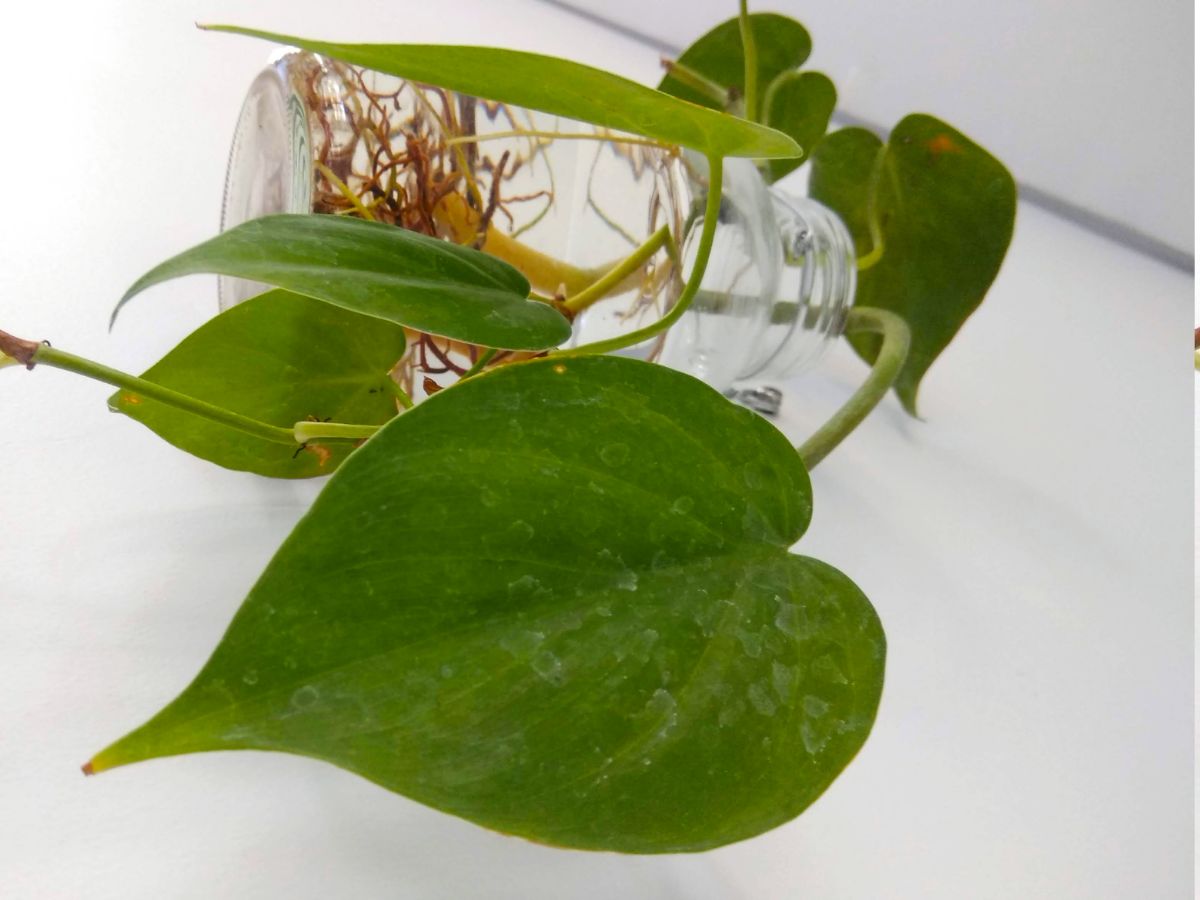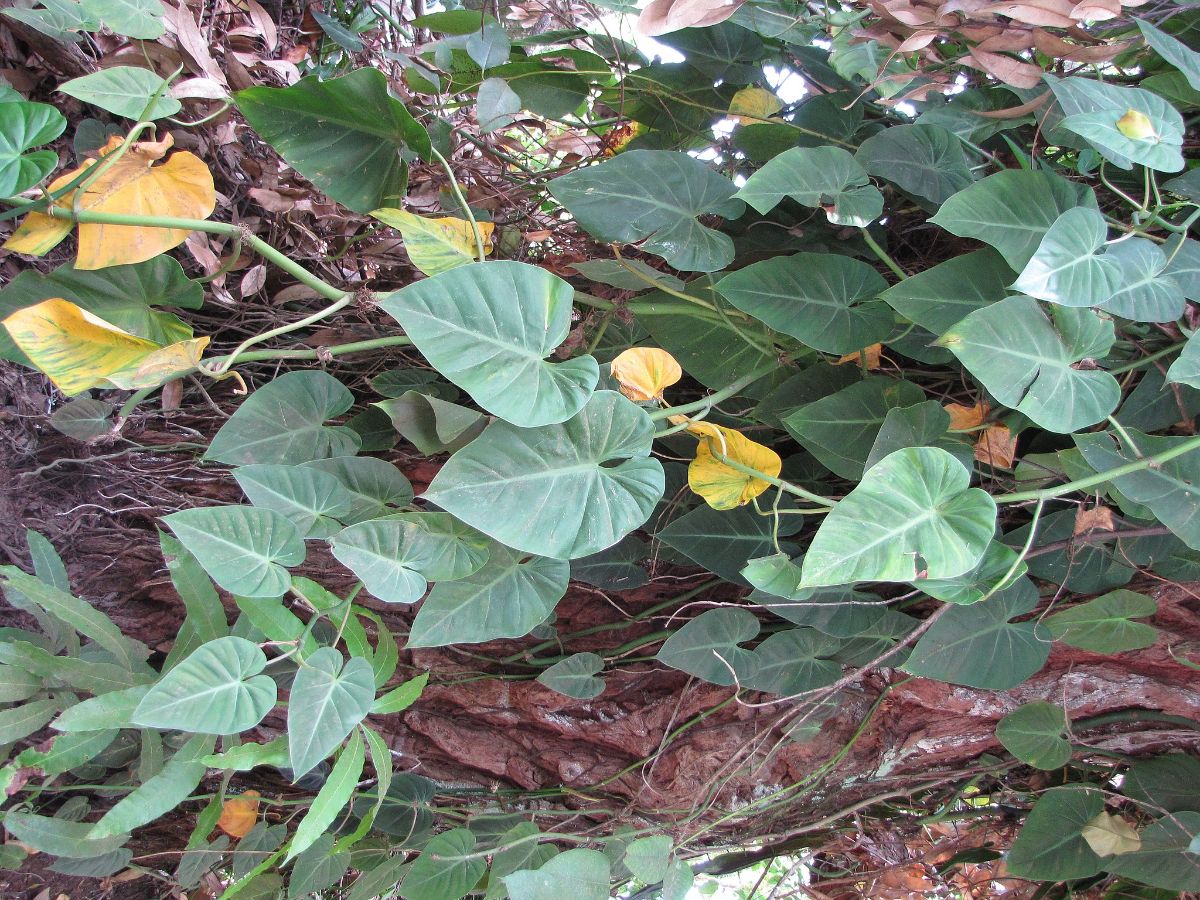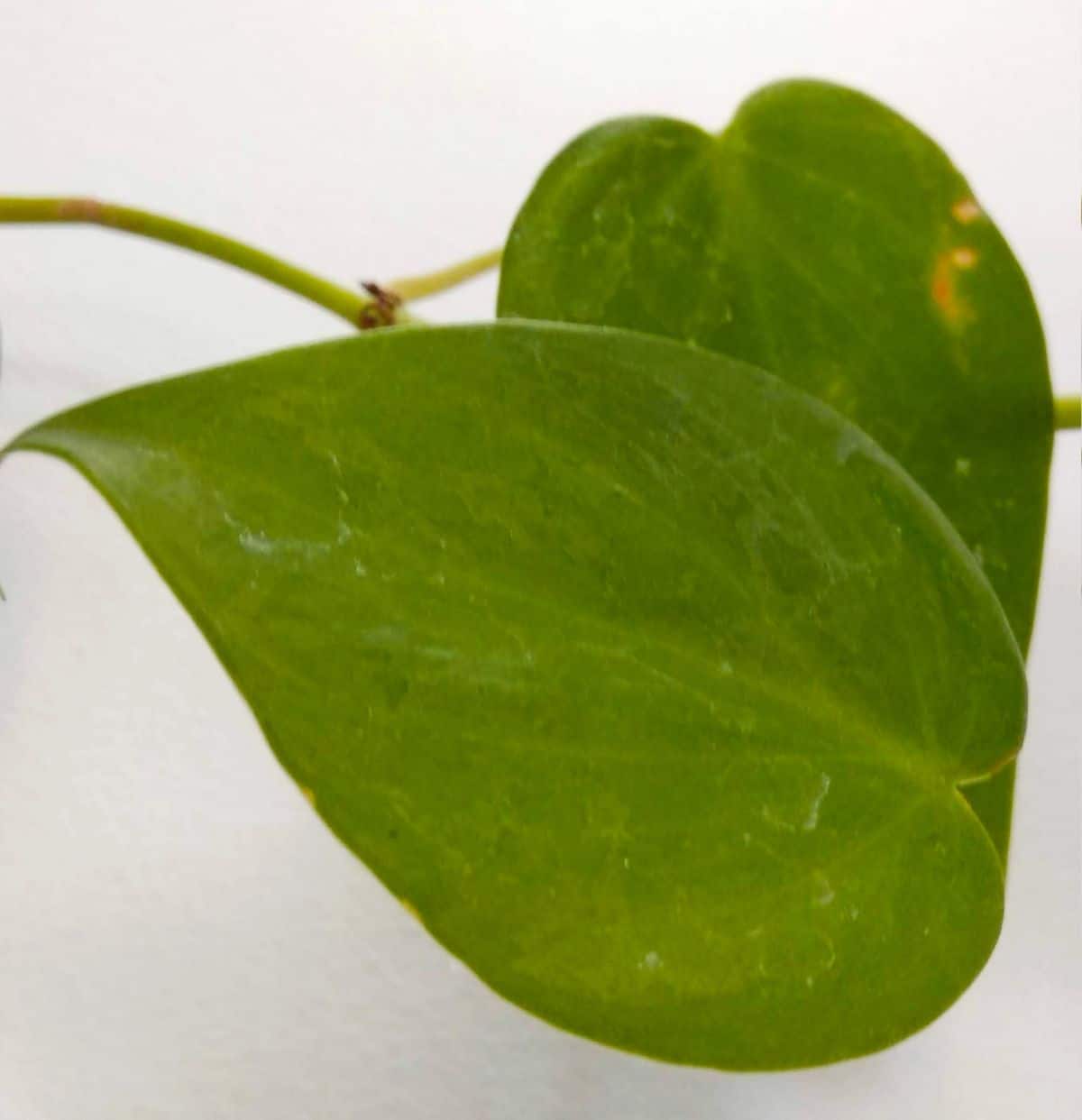
The kingdom of plants is quite varied. There are many varieties to choose from, some that are better suited indoors and others outdoors. However, each of them has a series of specific cares for each species. That is what happens with Philodendron cordatum.
But Do you know what the plant is Philodendron cordatum? What care do you have? And how should you take care of it against diseases, pests and other needs? Do not worry, if you have been given one, or if you are thinking of getting one, here you will have the most complete guide so that it does not die in a week.
What is the Philodendron cordatum

La Philodendron cordatumAlso erroneously known as Philodendron hederaceum (because in reality it has nothing to do with each other), it is a very rare species that is offered as an indoor plant and that, due to its characteristics, attracts a lot of attention. It is very resistant, which makes it ideal for those who do not have a very good hand with plants, and it can also be placed on a table or in a hanging format.
What most characterizes the plant are its leaves, which have a heart-shaped design, large and deep green. However, if what you are looking for are flowers, we must tell you that this plant does not have them. Although its flowering occurs from December to April, the truth is that you will not get any flowers to grow.
Compared to other Philodendrons, it is smaller in size, which allows you to grow it in pots without any problem. It will throw many leaves on you, and it is the reason why many choose to have it hanging, so that they fall from the ceiling. Although it is considered a plant with underdeveloped roots, the truth is that it does have a very fast growth, so much so that it is considered a vine.
Something that not many know is that la Philodendron cordatum it is a toxic plant. In stores they sell it as indoor, but the truth is that it is a species that can affect the health of humans, as well as animals if they eat it.
What is the origin of the Philodendron cordatum
This plant is originally from Brazil and Peru. But, although it is exotic, the truth is that it adapts very well to other climates and environments. Its resistance helps the plant to change its needs with enough time for this adaptation.
Obviously, the cold does not suit you very well, that is why in the north of Spain it is recommended that it be indoors, but in the case of the south, you could consider having it both indoors and outdoors, because it adapts to both places very well.
What care does the Philodendron cordatum

Have an Philodendron cordatum at home? Did they just give you one? If so, it is time to tell you everything that you are going to have to provide so that the plant is in perfect condition; And not only that, you can also make it grow and even give you more plants of this type.
Irrigation
La Philodendron cordatum is a plant that he likes humidity, so, depending on the weather and how hot it is, I recommend that you water it in summer at least twice a week. If you find that the soil is too dry, you may want to water it more often.
As for the winter, once a week would be enough, unless the temperature in this season is not too cold and the soil of the plant dries a lot.
Luminosity
The plant needs sun, but if possible, it should not be direct. He likes light very much, but does not require the sun to shine directly on him, so placing it near a window is more than enough.
If the sun hits it, and it is not too strong, nothing will happen; but if it is in hours of high solar incidence, the leaves could burn.
Fertilizer
Every plant needs some compost from time to time. And the Philodendron cordatum it was not going to be less. It is recommended that you throw him compost in spring. It tolerates very well that which dissolves in irrigation water, such as ammonium sulfate.
It is not advisable to overdo it with the compost, since it can burn the roots with it, so it is better to fall short than to go too far.
Temperature
Although we have said that it adapts well to climates, it must be taken into account that its weakness is the cold. It does not tolerate places where the temperature drops below 8 degrees, reason why, if you live in a house like this, it will be exclusive indoors.
Pests and diseases of the Philodendron cordatum

When you have a plant indoors, and it is well cared for, the appearance of pests and diseases is more difficult to happen, and although it does not affect it too much, it must be taken into account that it is a plant that, being continuously growing, those new shoots are very succulent for certain pests.
Specifically we refer to the red spider, the White fly or aphids and mealybugs. Above all, they affect more in the summer months, so a viable solution is to spray the leaves with a little water mixed with a natural product that eliminates this problem (for example neem oil, vinegar or potassium soap. very well hydrogen peroxide (especially with the spider mite).
What if the Philodendron cordatum grows too much
If you have taken good care of your Philodendron cordatum, it is normal that, suddenly, you find a huge plant.
Every two years you have to change the pot approximately and you can take advantage of that time to make cuttings, that is, to separate the plant and have more, either to take care of them or to give them to family or friends.The best time to do this is in the spring, when the heat has not yet started or not to bloom either.
Now you know everything you need to know about Philodendron cordatum, a plant that does not have much mystery and that by spending a little time you can achieve beautiful results with it. Do you dare to have one at home?
Hi! Thanks for the guidance. I have had a cordatum for more than a year and the truth is that it has not grown. I received it filled with new leaves and they dried. Currently it has a closed sheet for several months, I have been changing its place because a cordatum brasil has already died. I've paid and everything, but I don't know what else to do 🙁 I appreciate your help
Hi Yoselyn.
How often do you water it? It is very important not to overdo the watering, since the roots do not like to be flooded. Therefore, if you have a plate underneath, you have to think about draining it after watering; And if it's in a pot with no holes, it would be nice to plant it in one that does.
If you have doubts, it is best to check the humidity of the soil. To do this, simply insert a wooden stick to the bottom: if when you remove it it comes out with a lot of adhering soil, then you do not have to water; but if it comes out almost clean, yes. When you water, you have to pour water until it comes out through the holes in the pot, and you do not have to wet the plant.
Another thing: it is not good to move the plants around 🙂. Find an area with lots of natural light, without drafts, and leave it there. This way you can acclimatize better.
Luck!
My cordatum comes from Brazil with the indication of irrigation with 1 liter of water once a month or every 20 days maximum, the season does not matter. Of course, the type of soil is very specific, the pot with great drainage, lower holes covering the sides for a quick outlet of excess water. My plant grows every day with lianas that fall from the stake, when they are cut they slowly root in water. It has original leaves of about 15 cm, but in my city (Mar del Plata / Argentina) I see that the new, older ones are smaller, reaching about 10 cm wide. It grows impeccably, without yellowing or loss of leaves.
Hello, Marina.
The truth is that I am not very much in favor of saying "you have to add X liters of water to X plant every X days", for the simple reason that irrigation is not something that is mathematical. There are many factors that influence: type of substrate, location, climate,... In fact, to know when to water, I think it is best to take a long wooden stick, for example, and insert it into the pot: if it comes out after removing it clean and dry, then the substrate is dry and you have to water.
The fact that the leaves are getting smaller and smaller could be due to a matter of climate (perhaps it is cooler), lack of fertilizer (do you fertilize it? If you don't, it would be good to do it in spring and summer with a fertilizer for plants green, following the instructions for use that you will find on the package), or that the pot has become too small (you can check this simply by observing if the roots come out of the holes in it).
A greeting.